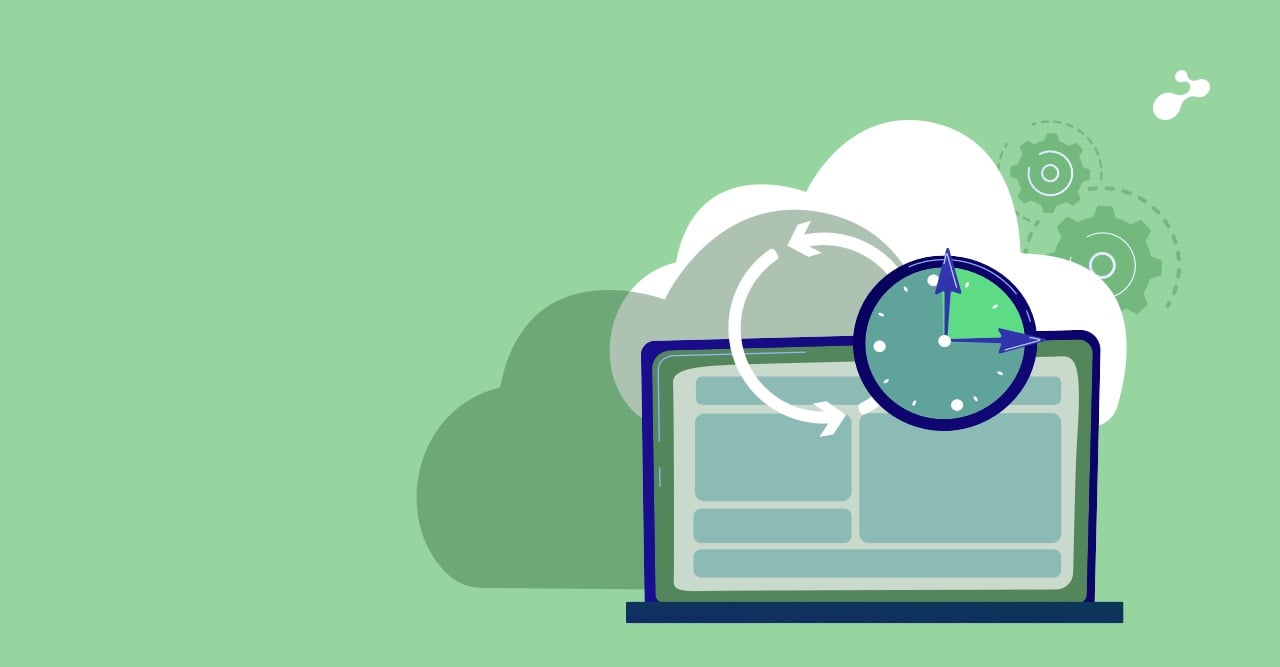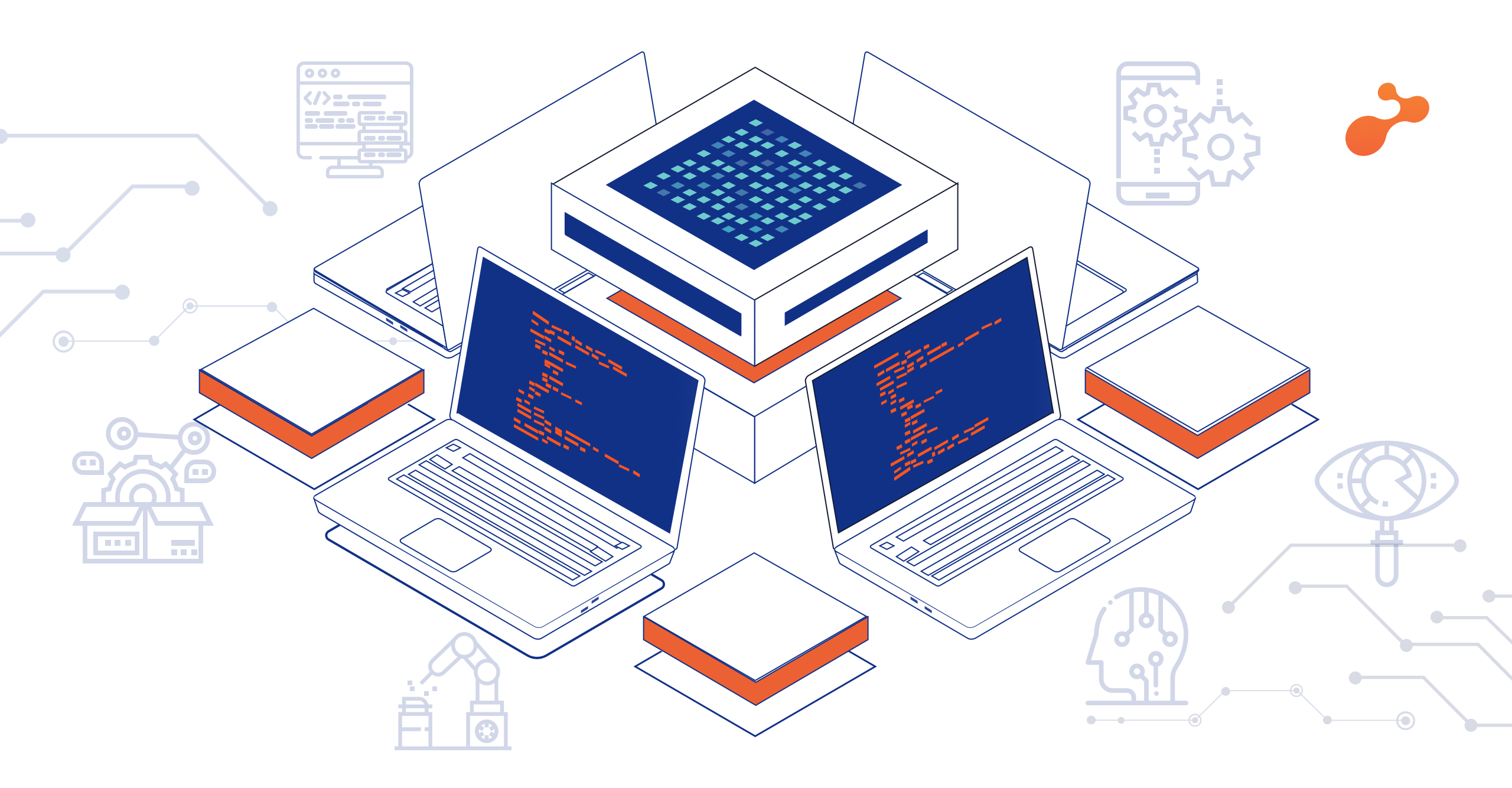Supporting on-job performance with the help of electronic tools is a proven technique to boost productivity. Inclusion of dedicated Performance Support Systems tackle two vital problems, assuming the system in place is efficient and is upgradeable with new content easily available.
The first problem is the one that arises from the need for the presence of an assistive platform which provides relevant information directly on the job. The problem here is the absence of such a platform for jobs that require possibly granular assistance at very intricate levels of work. The complexities of this cannot be addressed by a pre-job induction or training modules. For example, a mechanical engineer acting as a troubleshooter for a complex lathe machine while following instructions from a manual, may find it difficult to address the situation from a static, non-interactive document.
In industries where technologies and processes are worked upon by few or lone individuals like micro-gold plating in the watch industry, fixing LAN cables to address a broadband customer complaint or even performing a simple plant grafting while gardening, the time needed to transfer the skill from a seasoned player to a rookie is significant and eats away the productive hours of the new hire. An efficient PSS can come in handy by being interactive. For e.g. graphically showing the exact process of plant grafting step by step, displaying relevant questions for a student dabbling with an e-Learning system are good ways to go about it. Also showing lower level details in the diagram of a lathe machine while we see it in an augmented reality view can be effective too. These use-cases are just few examples of leveraging the power of an intuitive PSS.
The second problem pervades into the pre-job training as well. This deals with availability of latest content with the trainees. With new product launches, price adjustments and features being added or removed from the latest version of the product, we have all seen the highly polished salesman who still has to refer to scribbled parchments to fetch sensitive information that his boss gave him on the last call.
Re-printing training assets, re-training trainers are all cost addendums that are necessary but may not generate proportionate revenue immediately. The digital platforms, if any, can be updated by hiring sometimes-hard-to-get technical people but even then, how does the single digit change percolate to that last employee in the remote location? These are questions that a content-editable-easy PSS must address and solve in a scalable manner. The system must be capable of allowing new training materials to be seamlessly integrated into the process and suitably notify only the parties’ concerned. Why must my repair-men be disturbed if all that I am doing is a price change, that only the sales team deals with?
The third and equally crucial challenge is the establishment of a tracking mechanism to collect information on the usage of the training materials that have been deployed. How much of data are my people finding relevant? What information is still there but actually never used? Who are more persevering and are browsing through related content repeatedly for arriving at a better solution? These are questions that every manager needs to answer to the senior management with great accuracy.
Conventional systems do not incorporate such facilities in their making which makes the ‘performance tracking’ job a nightmare, to say the least. Filling out different forms, solving questionnaires, keeping a tab with constant monitoring is very time and resource consuming. This part is more difficult if the pervasion of technology is difficult and the resources are deployed on multiple remote locations with different roles, time schedules and performance expectations. The biggest of performance matrices simply fall short of some or the other variable. A state-of-the-art performance support system should ideally come plugged with this feature to save the manager from the headache and deliver insightful reports on content usage and performance statistics.
The experience that e-Zest brings to this domain is backed with solving one or more of the problems mentioned above or their subsets that culminated in the vision that a single system must be in place to tackle all the problems in a scalable manner. Deploying mobile devices with a Performance Support System application has been found to be the best-fit solution to these issues. A mobile device, phone or tablet can be attached to a wearable uniform, can be carried easily and needs minimum maintenance and training to use. It is not only good for industries dealing with electronic technology but also industries that don’t.
In our next blog, we delve deeper into the components of a conventional PSS, the roles mobile technologies can play in each component and how a platform called TABit solves all these problems and does much more.





